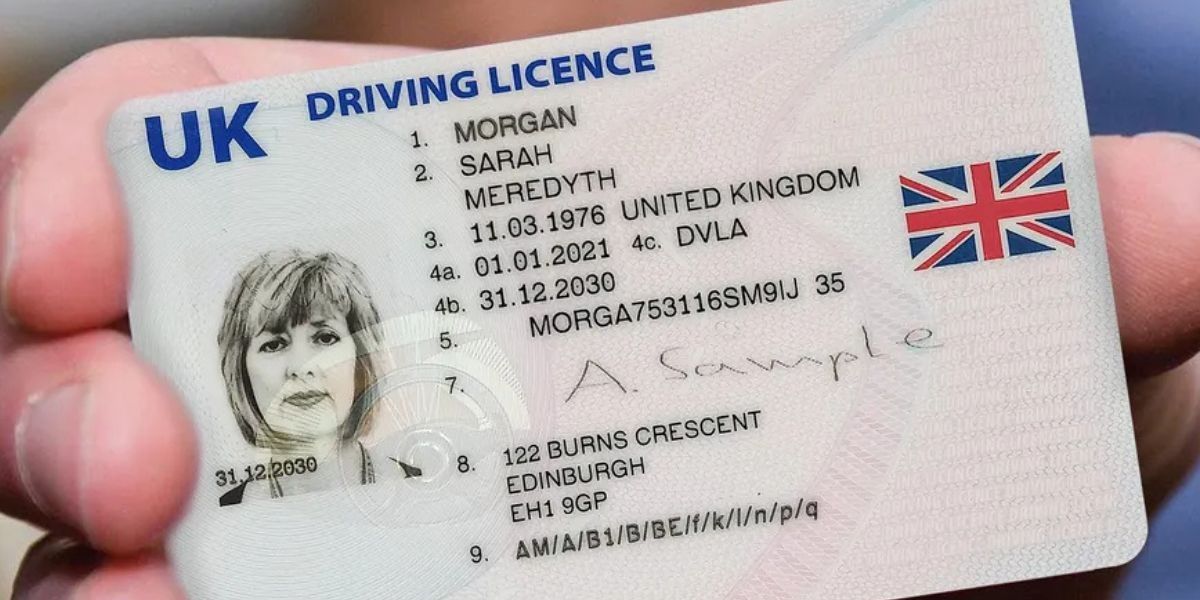Drivers have been warned they risk being forced to pay out billions in repair costs for choosing to travel during stormy weather which has swept across the UK.
It comes after a report revealed that motorists could end up spending roughly £17billion on repairs for trying to cross floodwater, especially as Storm Eowyn batters the country.
The report found that despite nationwide warnings from National Highways and the UK Government, 17 per cent of drivers would still risk crossing a flooded road putting themselves and other road users in “significant danger”.
On average claims for storm and flood-related car damage in 2023 was £3,000 as many drivers saw their claims declined, forcing them to pay for repairs themselves.
Do you have a story you’d like to share? Get in touch by emailing[email protected]
Drivers who travel in floodwater could face £3,000 repair costs
PA
Tom Banks, car insurance expert at Go.Compare, said: “The potential costs of driving through floodwater go beyond immediate repair bills. Floodwater as shallow as 10 to 15cm can severely damage a car’s engine and electrical systems.
“When the water gets deeper, the risks increase significantly – vehicles can lose traction, start floating, or, in extreme cases, be swept away by the current. If you’re ever faced with floodwater on the road, the safest option is to turn around and find an alternative route.
“Driving through water might seem like a shortcut, but the risks far outweigh the benefits. If it’s unavoidable, assess the depth carefully – water should ideally be no deeper than 10cm.”
Experts from Cover My explained that travelling through floodwater can also cause hydro-locked engines and electrical failures.
Banks added: “Having the right insurance can also provide a safety net for drivers, covering the often-steep costs of flood-related damage. But it’s important to remember that not all policies include protection against floods or storms as standard.”
He warned drivers to read their insurance policies carefully to make sure they understand what is covered, “especially if they’re willing to risk driving through floodwater”.
The Royal Society for the Prevention of Accidents explained that drivers can easily become trapped by rising flood waters. The group warned that it could only take six inches of water “before a driver can lose control of a small vehicle”.
Water in the engine compartment can short electrical circuits in cars, blowing fuses and causing petrol engines to stall. If water gets into an engine through the air intake, it can also result in expensive damage with hefty repair costs
However, the AA did provide some guidance for drivers who encounter floodwater. The organisation suggested avoiding standing in the water unless it’s moving or more than 10cm (four inches) deep.
The motoring organisation also suggested driving slowly and steadily in the floodwater with speeds not exceeding three or four miles per hour with a higher rev count than usual.
Drivers should keep the car moving and avoid stalling and once out of the water, they should test the brakes to ensure they have not been damaged.
The AA added: “Some roads may have a depth gauge which shows you the level of flooding – this can be useful for seeing if you’ll comfortably make it through or not. If you do get stuck in flood water, it’s usually best to wait in the car and call for help rather than try to get out.”
LATEST DEVELOPMENTS:
If floodwater is above 10cm, drivers are advised not to travel through or they risk getting stuck
PA
The RAC also warned how drivers could face a £5,000 fine for travelling through a flooded road and putting other road users in danger. They could also get slapped with nine penalty points on alicence.











